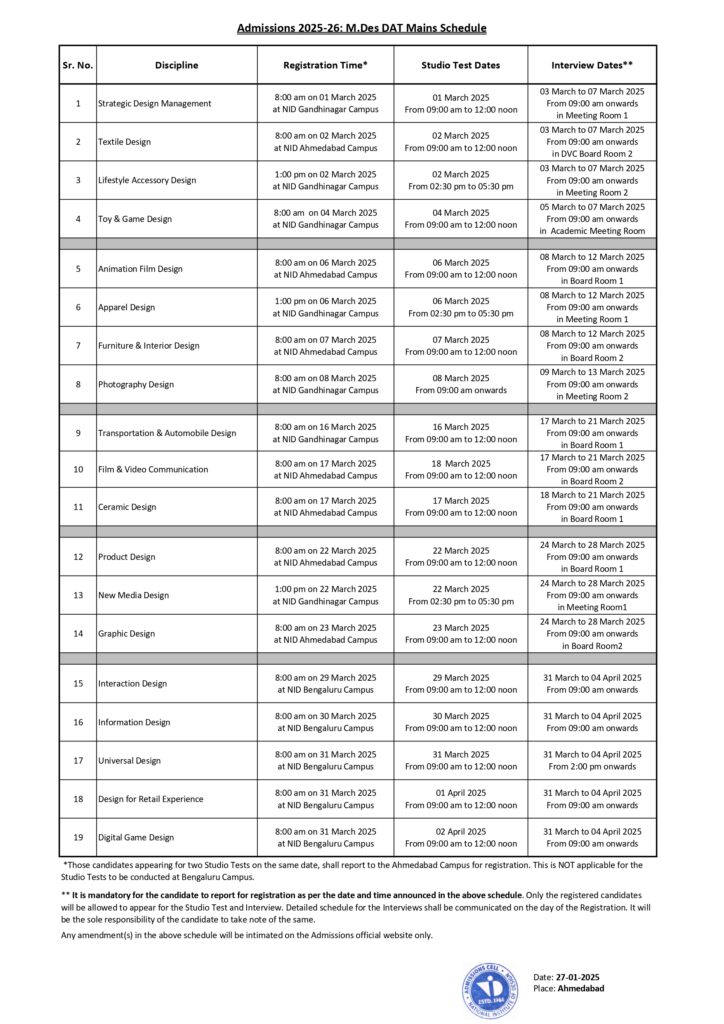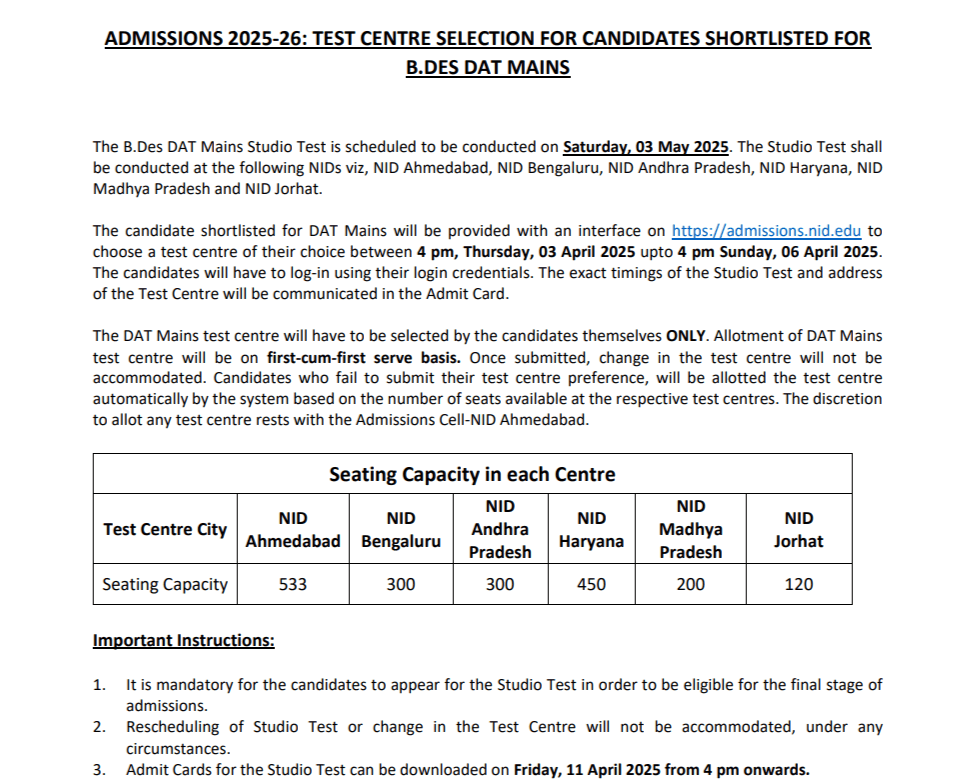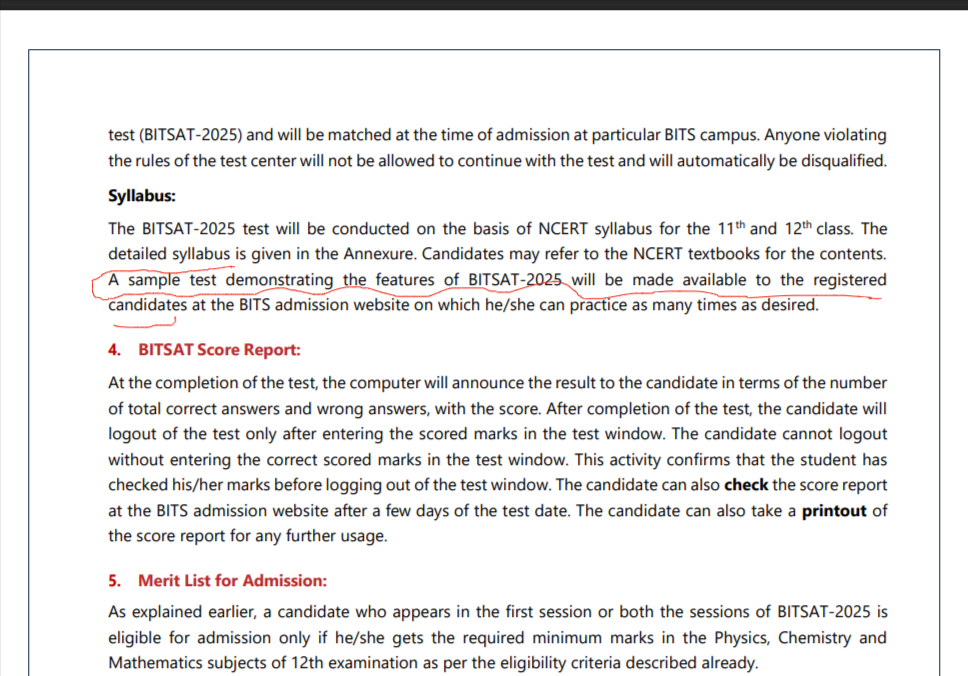Assam CEE Answer Key 2025 – Assam Science & Technological University (ASTU) released the final answer key of Assam CEE 2025 on May 15, 2025. The direct link to download the answer key is provided here.
Note that no log-in credentials are required to download the answer key.
Unlike the provisional answer key, there is no option to challenge the final key. The final answer key of Assam CEE 2025 is released after considering feedback given by the candidate. Also, the Assam CEE 2025 result is based on the FINAL answer key.
Earlier, the provisional answer key of Assam CEE 2025 at 6 pm, April 27.
Objections against the provisional answer key was open from April 27-29 (6 pm). The candidate had to pay INR 300 per objection. Objections had to be submitted through the Assam CEE 2025 log-in portal.
The candidate can use the answer key to calculate probable scores. Consult Assam CEE 2025 marking scheme and Assam CEE cut-off to assess admission chances.
The Assam CEE 2025 exam was conducted on April 27, 2025.
Latest Updates:
- Assam CEE 2025 FINAL answer key OUT – Download Here
- To download the Assam CEE 2025 provisional answer key – Click Here
- Assam CEE 2025 Result DECLARED – Download Scorecard Here
Table of Contents
Assam CEE Admit Card 2025 – Highlights
| Particulars | Description |
| Assam CEE 2025 exam date | April 27, 2025 (11 am – 2 pm) |
| Release of provisional Assam CEE 2025 Answer Key | April 27, 2025 (OUT) |
| Where to download the answer key | astu.ac.in The link to download the answer key is provided here |
| How to download the admit card | No log-in credentials are required to download answer keys. Simply click on the Assam CEE 2025 answer key PDF to download it. |
| Details mentioned on the answer key | The answer key has been released for all paper series. It contains the Questions Numbers and the Corresponding Keys for all the questions asked in the Assam CEE 2025 exam. |
| Challenge (s) to Provisional Key | Challenges must be submitted from April 27 (6 pm) till April 29 (6 pm). |
| Fee to submit challenges against provisional Assam CEE Answer Key | To challenge the provisional key, the candidate must pay INR 300 per challenge |
| Release of FINAL answer key | May 15, 2025 (OUT) |
| Declaration of RESULTS | The result of Assam CEE 2025 will be compiled on the basis of the final answer key |
| Assam CEE admit card 2025 HelpLine | Contact admission officials immediately to resolve admit card issues: Telephone: Reception: 0361-2732002 / 8811079300 Controller of Examinations : +91-8135847031 Email: registrar@astu.ac.in |
Also Read:
- Assam CEE Sample Papers 2025 – Download Question Paper PDF, How & When to Solve Sample Papers
- Best books to prepare for Assam CEE 2025
- Assam CEE Syllabus – Subject-wise Important Topics
How to download the Assam CEE Answer Key 2025
The answer key for Assam CEE 2025 was released at 6 pm on April 27, 2025. The candidate needs to follow these steps to download the answer key.
- Go to the Assam CEE 2025 admission portal – Click Here
- If the answer keys are OUT, the download links will be activated
- Click on the answer key you want to download
- The answer key will open in downloadable PDF format
- Download the Assam CEE 2025 answer key
Note that no log-in credentials are required to download the provisional answer key.
How to Calculate Probable Score using the Assam CEE 2025 Answer Key
The candidate can use the provisional answer key to calculate probable scores. This is how:
- Consult the answer key to Calculate the no. of correct attempts
- Next, +4 marks for each correct answer
- -1 mark for every incorrect attempt
- Tally the marks to arrive at the probable score
The candidate can refer the Assam CEE 2025 cut-off to then check the opening and closing ranks for Assam CEE 2025 participating colleges.
Also Read:
- Assam CEE Exam Pattern 2025 – Section-wise Questions, Marking Scheme, Mode
- Assam CEE Eligibility Criteria 2025 – Qualifying Exam & Marks, Age Limit, Reservation
- Assam CEE Cut-Off – Institute-wise Closing Ranks, Determining Factors
- Engineering Colleges in Assam
How to Obtain Assam CEE 2025 Answer Sheet
The candidate can obtain the OMR Answer Sheet from the Assam CEE 2025 office on payment of INR 300 on or before April 29, 2025.
The fee must be remitted through a bank draft drawn in favor of “Assam Science and Technology University” payable at SBI, AEC Branch, Jalukbari, Guwahati – 781013, Assam.
Mention the following details on the application form:
- Roll Number
- Candidate’s Name
- Phone number
- Postal Address
Further, mention the following details on the back side of the bank draft:
- Roll Number
- Candidate’s Name
The photocopy of the OMR answer sheet will be sent to candidates by post. The photocopy will not to be provided to any institution for display, commercial purpose, or to the print media.












